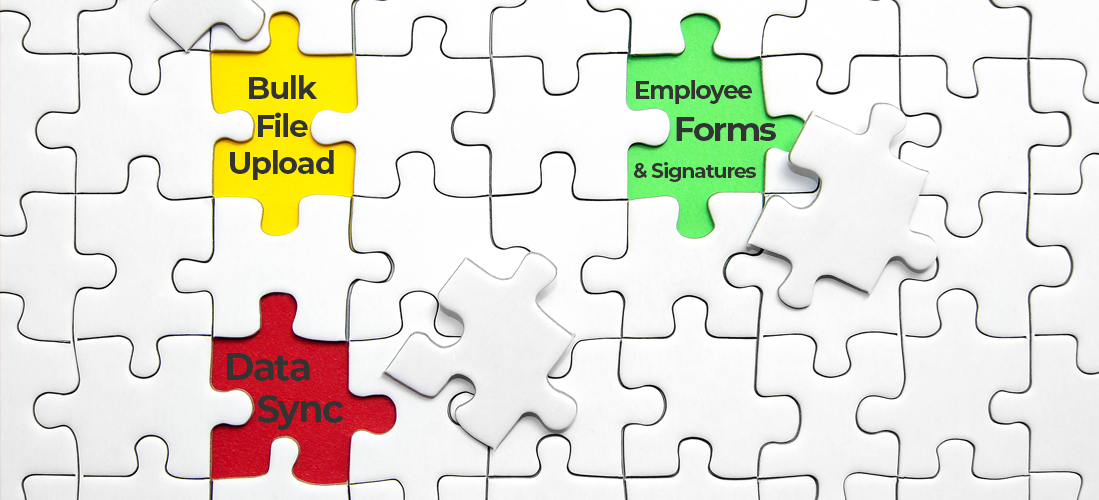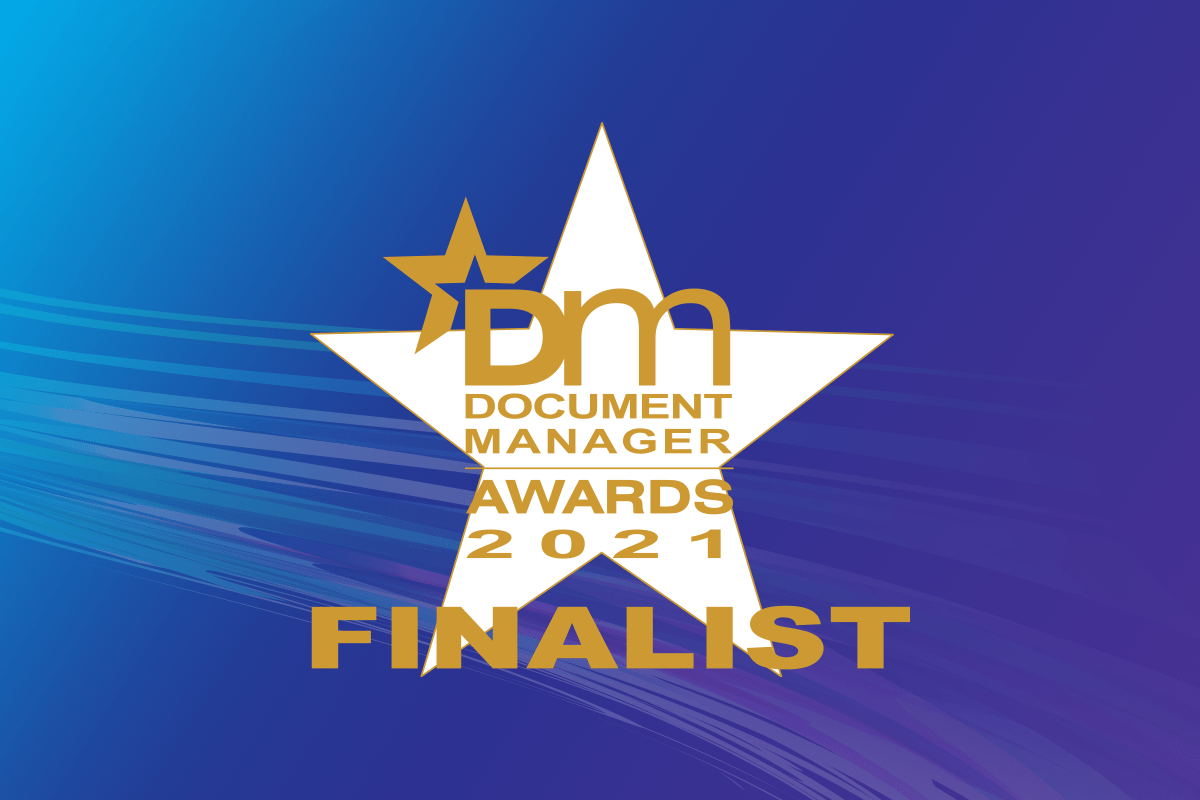In this blog series, we’re examining the various workflows in law firms that are ripe for digitization and automation. Part I dealt with the mailroom, the biggest workflow pain point for many legal firms. In this last installment, we discuss five other legal workflows that are strong candidates for automation.
Working from home as a result of the pandemic has changed the legal workplace—some might say forever. Recent research indicates that law firm leaders recognize that litigation work can be efficiently and profitably conducted with a distributed workforce. Findings of note:
- Because cloud-based software enables the ability to work from anywhere, 55 percent of lawyers reported that their firms had transitioned to the cloud.
- Of those, 67 percent attributed the impact of the pandemic as the primary driver behind that change.
- Notably, 64 percent of law firm leaders were considering upgrading their organization’s technology post-pandemic.
- In fact, 52 percent of them had allocated a higher budget to technology purchases for 2021.
Law firms have a significant opportunity to build on their current technological motivations to build longer-term business models that allow for “anywhere operations.”
Assessing Problematic Legal Workflows
Implementing a permanent, anywhere-operations model does not happen overnight. Firms will have to create a digital transformation strategy, customized to their operational needs. Part of that strategy should involve assessing current technologies, policies, processes, and workflows—what’s working and what isn’t.
Outside of the mailroom, here are five other legal workflows worth automating:
1. Form & Signature Management
Every law firm has certain forms that need to go out to clients for signatures. While there are those documents that still require a hard-copy signature, many do not. Surprisingly, many organizations still use the painstaking process of: Fill out the form, print it out, send it to the client for signature, wait for it to come back, scan it, and manually enter any updated form data. The most sophisticated document-management solutions pull data out of case-management systems to automatically populate e-forms, allowing legal staff to then send them out and have them completed, signed, and returned digitally.
Combining e-forms with digital signatures automates the process of communicating with clients, as well as populating, collecting and integrating form data, while increasing the chances of getting documents back in a timely fashion—in many instances the same day. This approach drastically reduces the time spent corresponding with clients.
2. Cost Recovery
Cost recovery is an important revenue-generating process to law firms. As an example, firms typically charge clients approximately 25 cents for every page they copy and/or print. However, when those documents are captured digitally, they’ve lost that revenue. A digital mail solution can provide them with digital cost recovery, for both their inbound and outbound mail streams.
For outbound mail, there are digital mail solutions with the ability to provide a flat data file that can automatically be ingested into the firm’s cost-recovery accounting system—automatically creating an Expense Object in their case-management system. Firms can keep track of how many pieces or pages they sent, and how much that costs at 25 cents per piece. For inbound mail, the process is the same. Firms can track exactly how many documents (and how many pages) came in for each case number and can get those quickly filed for chargebacks.
3. Processing Invoices
There are two types of invoices that attorneys receive. They get invoices from expert witnesses and from medical offices, charging them for records releases, etc. In order for an invoice to get processed, it typically goes through several different people at a law firm. The first person opens the mail and routes it to the appropriate paralegal and/or case manager who records the invoice in the case-management system for approval. Once that happens, the invoice goes to accounting to be paid, then out the door in the U.S. postal service.
Again, a digital mail solution has the ability to process inbound invoices in a matter of seconds, then quickly upload the information to case-management and accounting systems for approval. Sending payment is made easy with the click of a mouse. All the work to print, package, meter and ship payments is automated. Law firms can enhance productivity immensely by automating this entire invoice process.
4. Check Deposits
In a digital mail environment, one of the questions from law firms is always “What happens with the checks we receive through the mail?” The newest versions of digital mail solutions will have the ability to automatically scan checks, extract the necessary information, route that to the case manager for approval, and then deposit them in the appropriate bank account based on direction from the accounting department.
5. Expert Testimony
Expert witnesses are used in nearly every complicated legal case, from financial litigation to car-crash lawsuits to medical negligence. It’s customary for law firms to have a preferred list of expert witnesses they trust and use regularly. These experts are responsible for reviewing a myriad of documents, sometimes 50 to 100 pages worth. Customarily, the law firm will print out all the pertinent documentation from the various sources and place them in a file folder for physical pick up. The experts then take the files back to their offices to read and write a one- or two-page abstract to send back to the law firm.
A document-management system can create a digital workflow that allows law firms to provide designated experts with 24/7, secure access to all the necessary information. It’s a workflow task that routes relevant documents to the necessary experts and tracks their responses. The system allows attorneys to know exactly how many documents have been delivered and where the experts are in the process. Once an abstract and/or response is received, it can be uploaded right into the case-management system—and the task can then be closed.
Prepare Now for Future Growth
There’s no denying that COVID-19 has accelerated the adoption of digital technology capabilities, not only among law firms, but also within their operational ecosystems (i.e. courts, clients, experts, etc.). Firms that embrace digital automation now are simultaneously preparing to effectively address future client and worker demands while setting themselves up for future growth in a business marketplace that will increasingly rely on remote operations.










